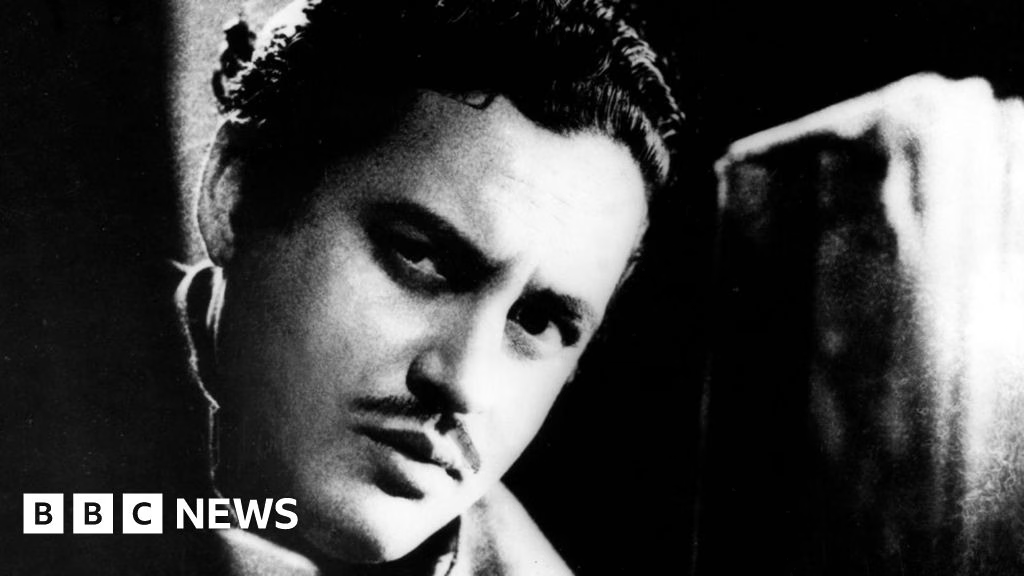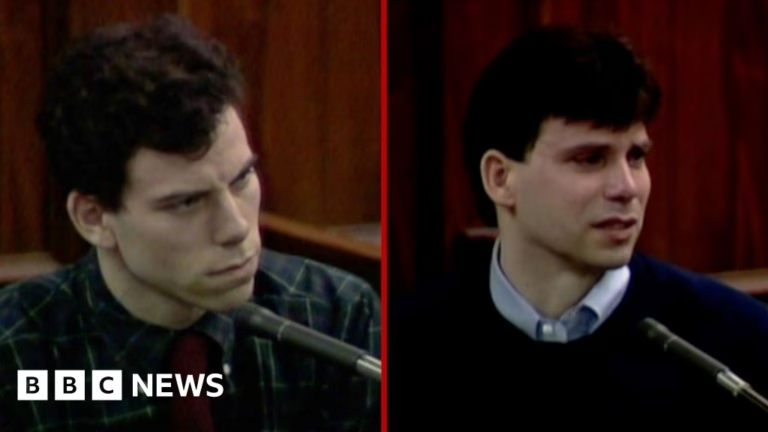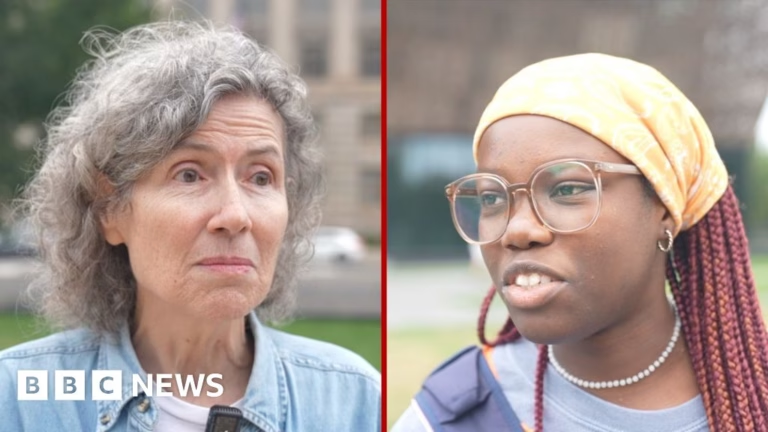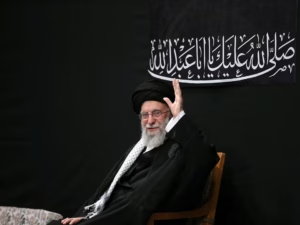.webp)
Alamy
Iconic Indian director and actor Guru Dutt was just 39 years old when he died in 1964 but he left behind a cinematic legacy that continues to resonate decades later.
Born on 9 July 1925 in the southern state of Karnataka, next week marks his birth centenary. But the man behind the camera, his emotional turmoil and mental health struggles remain largely unexplored.
Warning: This article contains details some readers may find distressing.
The maker of classic Hindi films such as Pyaasa and Kaagaz Ke Phool – film school staples for their timeless themes – Dutt forged a deeply personal, introspective style of filmmaking that was novel in the post-independence era.
His complex characters often reflected his personal struggles; his plots touched upon universal motifs, inviting the audience to confront uncomfortable realities through hauntingly beautiful cinema.
Dutt’s beginnings were humble and his childhood was marked by financial hardship and a turbulent family life. After his family shifted to Bengal in eastern India for work, a young Dutt became deeply inspired by the region’s culture and it would shape his cinematic vision later in life.
He dropped his surname – Padukone – after entering the Bombay film industry in the 1940s. He made his debut not as a director but as a choreographer, and also worked as a telephone operator to make ends meet. The turbulence and uncertainty of the decade – India’s independence struggle had intensified – impacted the aspiring filmmaker’s prospects.
It was during this phase that he penned Kashmakash, a story rooted in artistic frustration and social disillusionment, ideas that would later shape his cinematic masterpiece Pyaasa.
.webp)
Simon &EZOO
Dutt’s friendship with fellow struggler Dev Anand – who soon rose to fame as an actor – helped him get the chance to direct his first film in 1951. The noir thriller, Baazi, propelled him into the spotlight.
He soon found love with celebrated singer Geeta Roy, and by many accounts, these early years were his happiest.
After Dutt launched his own film company, he scored back-to-back hits with romantic comedies Aar-Paar and Mr & Mrs 55, both featuring him in lead roles. But yearning for artistic depth, he set out to make what would become his defining film – Pyaasa.
The hard-hitting, haunting film explored an artist’s struggle in a materialistic world and decades later, it would go on to be the only Hindi film in Time magazine’s list of the 20th Century’s 100 greatest movies.
Dutt’s late younger sister, Lalitha Lajmi, who collaborated with me when I wrote his biography, said that Pyaasa was her brother’s “dream project” and that “he wanted it to be perfect”.
As a director, Dutt was fond of ‘creating’ the film as it took shape on the sets, making a lot of changes in the script and dialogues and experimenting with camera techniques. While he was known for scrapping and reshooting scenes, this reached worrying levels during Pyaasa – for instance, he shot 104 takes of the now famous climax sequence.
He would shout and get bad-tempered when things did not go right, Lajmi said.
“Sleep evaded him. The misuse of and dependence on alcohol had begun. At his worst, he started experimenting with sleeping pills, mixing them in his whiskey. Guru Dutt gave his all to make Pyaasa – his sleep, his dreams, and his memories,” she said.
In 1956, as his dream project neared completion, 31-year-old Dutt attempted suicide.
“When the news came, we rushed to Pali Hill [where he lived],” Lajmi said. “I knew he was in turmoil. He often called me, saying we need to talk but wouldn’t say a word when I got there,” she added.
But following his discharge from hospital, no professional support was sought by the family.
Mental health was a “socially stigmatised” topic at the time, and with big money riding on Pyaasa, Lajmi said that the family tried to move on, without fully confronting the reasons behind her brother’s internal struggles.
Released in 1957, Pyaasa was a critical and commercial triumph that catapulted Dutt to stardom. But the filmmaker often expressed a sense of emptiness despite his success.
Pyaasa’s chief cinematographer VK Murthy recalled Dutt saying, “I wanted to be a director, an actor, make good films – I have achieved it all. I have money, I have everything, yet I have nothing.”
There was also a strange paradox between Dutt’s films and his personal life.
His films often portrayed strong, independent women but off screen, as Lajmi recalled, he expected his wife to embrace more traditional roles and wanted her to sing only in films produced by his company.











